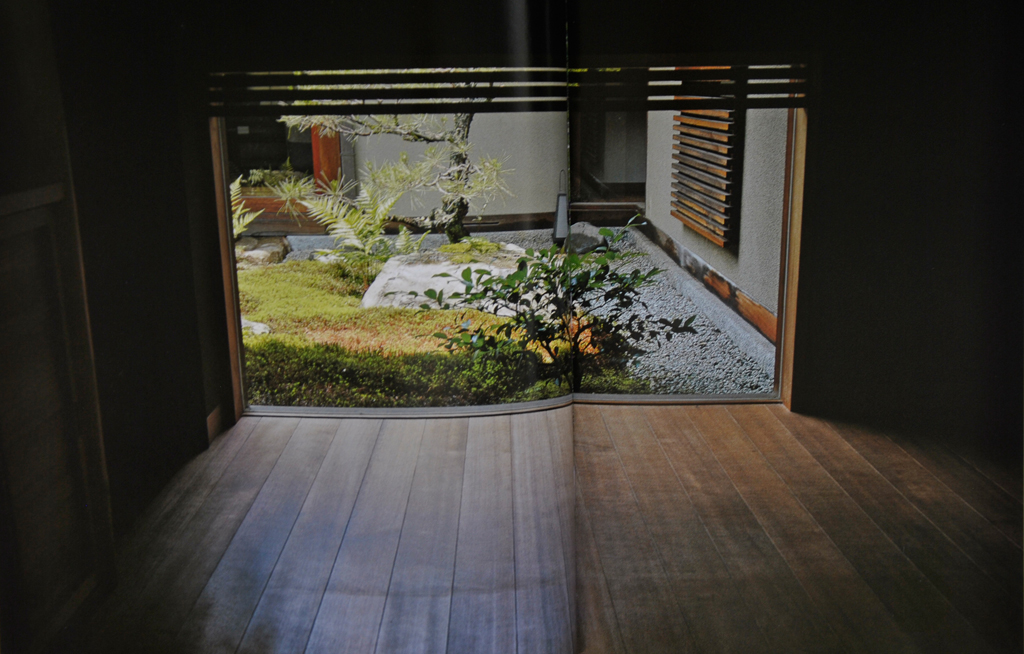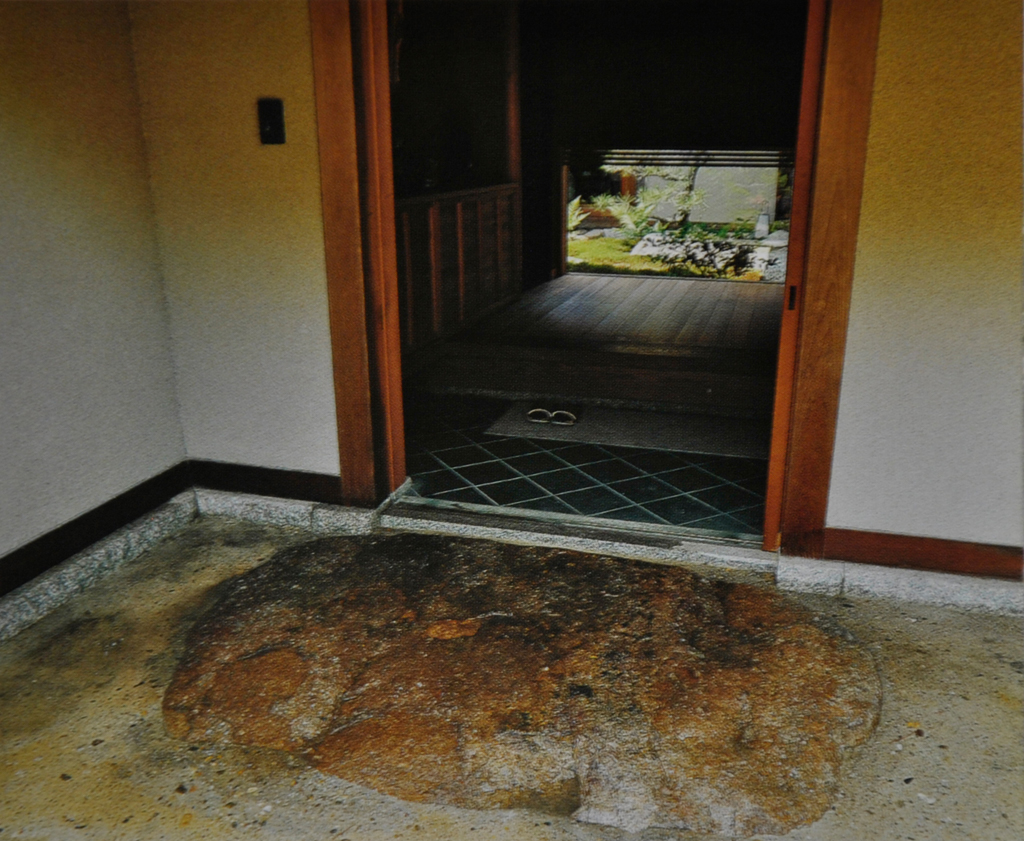
Araki House
KyotoThe calm residential area in the western part of Kyoto near the famous Moss Temple Saiho-ji still retains the charm of days gone by. Built in 1993, Sukenobu Araki’s house is a perfect example of the understated but elegant quality of even the newer home in this area. Araki had lived in an old two-story house here before, but when he retired and his children left to pursue their own lives, he and his wife decided to live in a smaller home. They asked architect Shuri Kakinuma to design a small but well-lit single-story house for them on the same site where they had lived before.
The house designed by Kakinuma wraps around a small courtyard so that every room has a good view and natural light. He worked carefully to achieve a pleasant quality of soft brightness in the house, without the use of too much glass that may cause glare.
A well-known gardener, Kazuyoshi Ikeuchi, was commissioned to design the small garden in front of the house. Araki opted for a feeling of open space rather than a thick tree grove for his garden. Ikeuchi did not conceive of the garden on paper, but rather on the site itself. The first thing designed was the approach from the street to the house. The route as well as slope of this short walkway was carefully thought out. The trees, stones and stone lantern of the old house were reused as much as possible. Araki’s father, who was fond of stones, had bought several of these from stone peddlers who used to come around selling stones from their trucks. The paving stones selected were formerly used for the tracks of tramcars that ran in Kyoto from the end of nineteenth century until 1978. Innovating reuse of stones with a storyline or history is popular feature of Japanese gardens. Some of the old trees were moved and replanted in their new locations. Araki talks wistfully of an old pine tree that could not handle the transplanting well and died. The garden now has several maple, cedar and mokkoku trees, and hedges of azalea, Japanese quince, kinmokusei and sazanka. The plants have been chosen to provide a measure of privacy from the street, as well as for their year-round beauty. The ground is covered with sugi-goke cedar mass. Ikeuchi says he cuts the sugi-goke down to the ground when cherry blossoms bloom, pegging his activities to natural cycles rather than calendar time. Cutting sugi-goke moss very short in that season helps it to grow back into a beautiful groundcover-like blanket.
Passersby can get a glimpse of this beautiful garden through the porte-cochere and sliding gate of open shoji framework. From this shaded gate, a visitor walks along the bright stepping-stone path, viewing trees and lanterns. Once he or she approaches the entrance in the relative shade under the eaves, the sliding front door is opened to let in the guest, revealing the bright inner garden. The planned sequence of light and dark spaces, hidden details that are deliberately and slowly revealed, and the mood that the meandering entrance path creates, are the maon feature of this small garden.
anshin©2011All rights reserved. When using the materials of the site, reference is obligatory.
Proposals for co-operation, as well as comments and suggestions on the site please send to the address: anshin-sad@mail.rutel: +7 (965) 121-80-60, 10am-20pm




